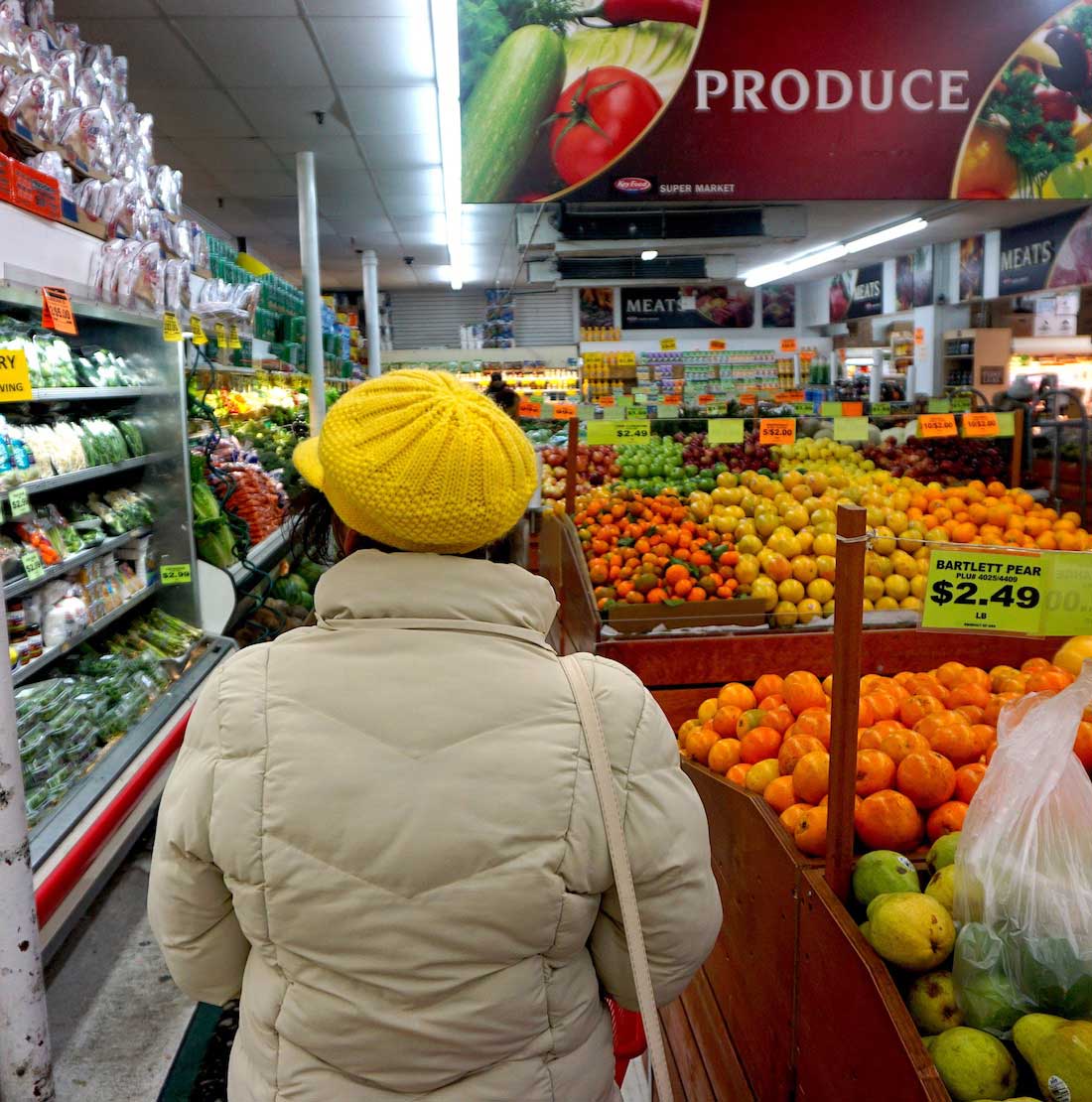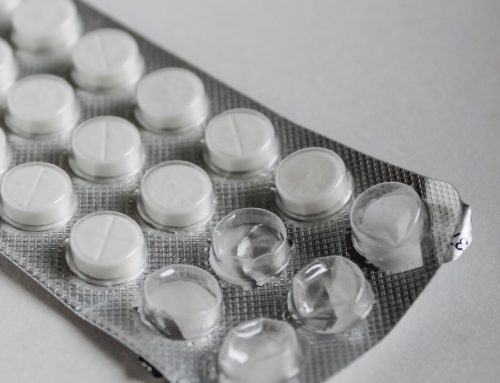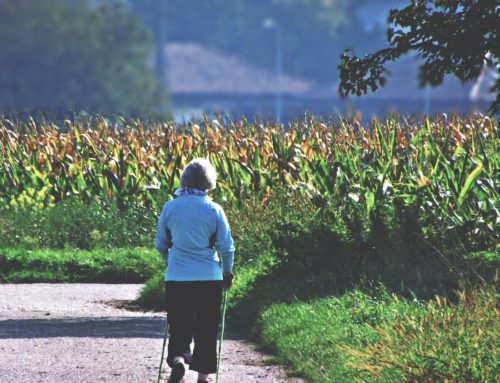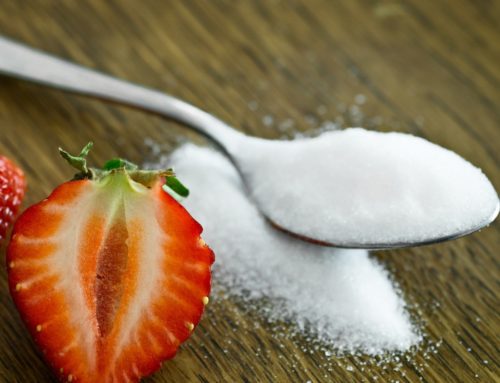Here’s a guide to clean foods for your next grocery shopping trip. The clean foods will taste better than the process convenience foods and they’ll reduce your grocery bill. 90% of foods in grocery stores do not provide us with balanced nutrients. We change our body chemistry every time we eat. When growing plants, the soil has to be full of balanced nutrients for us to raise healthy plants. Our bodies are the same. For us to grow and heal, our chemical makeup needs to comprise of balanced nutrients.
The Dangers of our North American Diet
We are overfed but undernourished. In the early 1900’s the dentist Weston Price made a surprising discovery. He visited indigenous cultures not yet part of global trade and found that these groups showed no signs of the “rich people’s” diseases so common in North America and Europe. This was despite their diets being high in fats, even saturated fats and cholesterol. He found no evidence of dental cavities, ear infections, tuberculosis, heart disease, or the need for orthodontics. Their diets were diverse, but here’s one element they shared: all the indigenous groups considered food to be sacred and treated it with respect. Twenty years after his first trip, Price returned to those same regions. On his second trip, he was shocked: all of the indigenous groups that had begun to trade with the developed world also developed the diseases of the developed world. The more flour and sugar the indigenous groups ate, the more they suffered from dental diseases, chronic illness, and infections. As their traditional eating patterns changed, their health deteriorated drastically. We are eating the diets that are causing these groups to suffer.
Food that isn’t food
There’s a joke among nutritionists: the cardboard boxes in grocery stores may be more nutritious than some of the food products themselves — at least the boxes have some fiber. Our grocery stores are abound with convenient and appealing foods. The frozen pizzas look delicious and all they require is 20 minutes in the oven. That seems so much simpler than buying the separate ingredients for a meal and still having to cook. Here’s the catch, though. Very few of those items should be called food. Most of the mixes, sauces, juices, and canned foods are full of chemical stabilizers and preservatives and have no nutritional value. The fluffy white breads and pastries, and most of the commercially prepared cereals, contain as much nutrition as a spoonful of table sugar. And to top that off, usually makes your blood sugar rise faster than if you just ate plain sugar!
The Clean Foods to Include on Your Grocery List
Produce
Here’s the first thing to remember when it comes to shopping for clean foods: eat more vegetables and fruits. With the end goal of consuming 10 per day, with only 2-3 of those being fruit. And the remaining being vegetables. When my patients and I set goals together of how much produce they think they can eat, we start off small. We set goals that seem attainable. And here’s what they consistently tell me during their next visit: eating more fruits and vegetables wasn’t as terrible as they had feared. A better diet becomes easy once we gain the habit.

Carbohydrates
We often think of bread, pasta, rice, potatoes, and cereals when we think of the staples of our meals. Try buying whole-grain and unrefined versions of these foods – brown rice instead of white rice, and whole-wheat bread instead of white bread. Beware of the light fluffy “Whole Wheat” mass produced foods. They are also high glycemic. Whole grain bread should be dense and heavy…yummy! When you’re feeling adventurous, try other carb sources as well. Beans and other legumes, lentils, seeds, nuts, and steamed whole grains are also good sources of carbohydrates that are less likely to spike our blood sugar. They definitely belong on your clean foods shopping list.
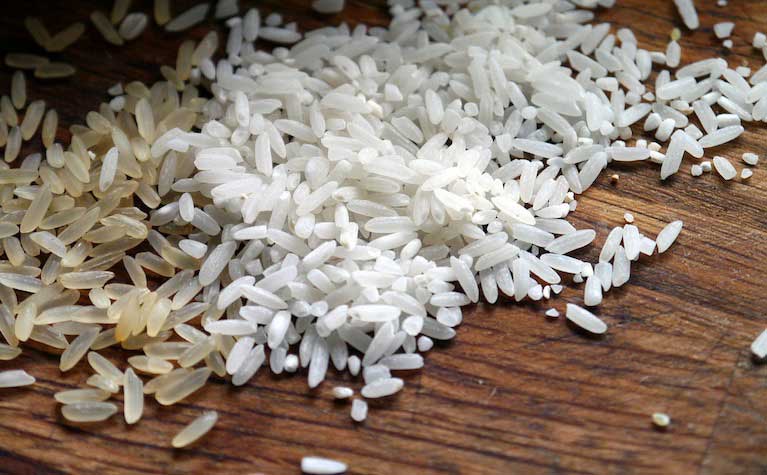
Protein
Protein is an essential part of our diets and we can obtain protein from a large variety of sources. However, we eat too much protein. Most adults can easily satisfy their total protein needs even if they reduce their intake of animal protein to three ounces, three times a week or even eliminate it altogether. To save money, try this. Buy less but better-quality meat. Grass-fed animals have been proven by research to taste better and be more nutritious. Eat smaller amounts of meat and use vegetables, beans, lentils, and whole grains to bulk up your meal. You will find that your food is more delicious and less expensive.
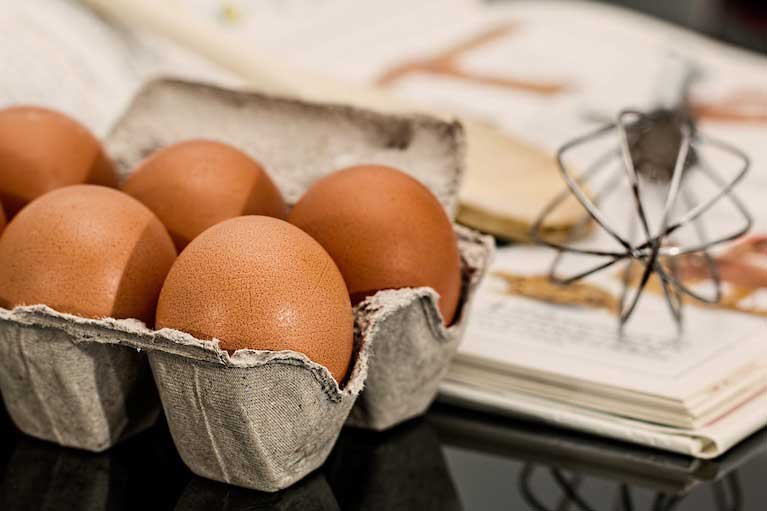
Have dessert!
Treat yourself and have some chocolate. Chocolate can be a health food! Chocolate that has a high cocoa content (70 percent or higher) contains antidepressant-like compounds and the potent antioxidants called flavanols. We only gain the benefits of chocolate, however, if we enjoy it in moderation. Milk chocolate should be avoided as milk deactivates the antioxidants in chocolate.
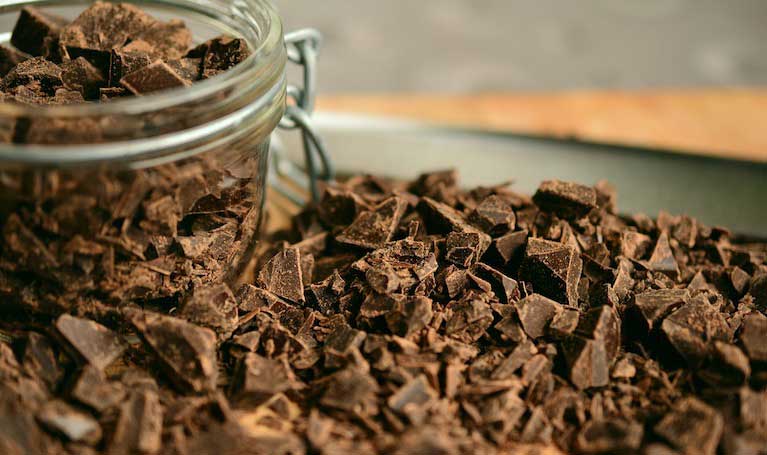
Chew on this
This is the most important thought of all. Eating has the potential to be one of the great pleasures in life. It’s the satisfaction of a primitive instinct, and it should be a sensual experience of vision, touch, smell, and taste. Spend time with loved ones. Enjoy your meal.

